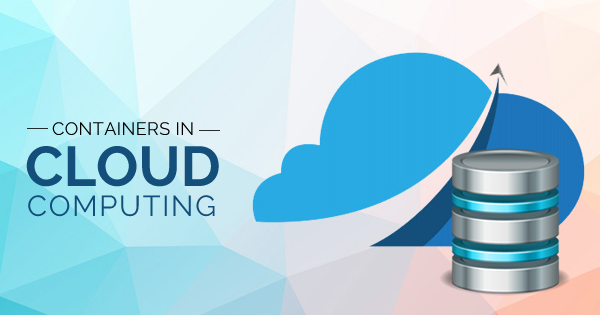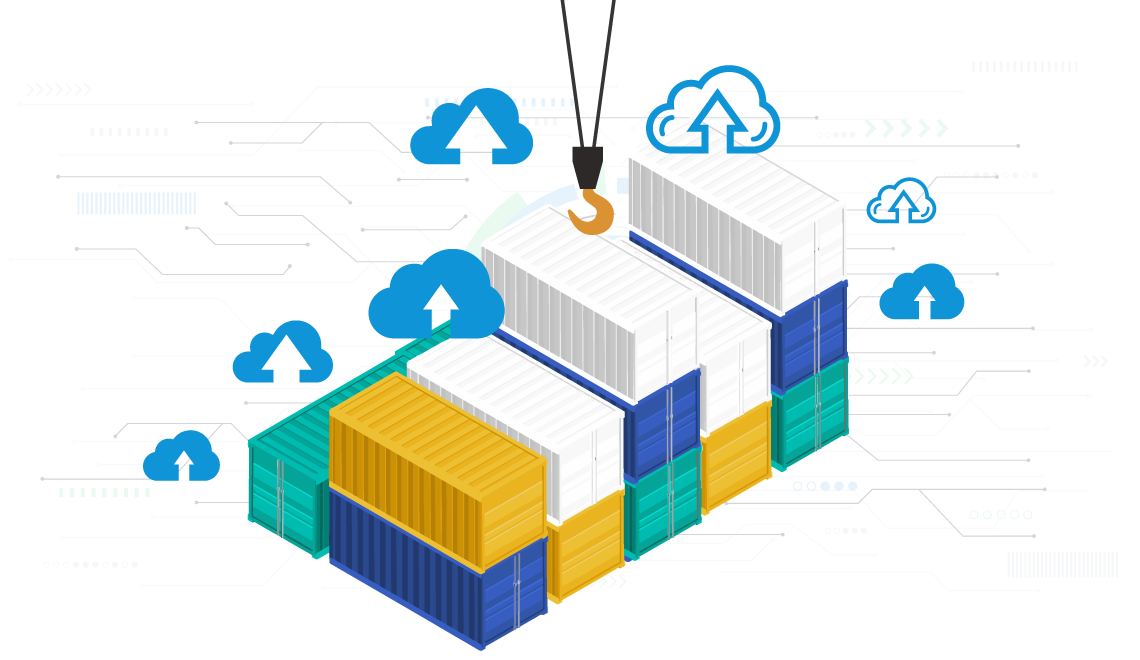Containers in Cloud Computing: Everything you need to know
The changes in the existing IT infrastructure all over the world are very prominent now. Digital transformation is the core topic of focus for almost every business nowadays. Every business understands that legacy infrastructures cannot cope with the emerging demands of digital transformation. Containers in cloud computing are promising resources for ensuring digital transformation.
Apart from the major benefits for developers and the development process as a whole, containers have many credible advantages. A clear understanding of containers can help in obtaining funds for containers to forward the digital transformation objectives of the business.
What are Containers in Cloud Computing?
A Container in cloud computing is an approach to operating system virtualization. By this, the user can work with a program and its dependencies using isolated resource procedures. The code of the application can be systematically bundled with configurations and dependencies.
Containers in cloud computing are used to build blocks, which help in producing operational efficiency, version control, developer productivity, and environmental consistency. Because of this, the user is assured of reliability, consistency, and quickness regardless of the distributed platform. The infrastructure is enhanced since it provides more control over the granular activities of resources. Container usage in online services benefits storage with cloud computing information security, availability, and elasticity.

Benefits of containers
Containers are a streamlined way to build, test, deploy, and redeploy applications in multiple environments from a developer’s local laptop to an on-premises data center and even the cloud. Benefits of containers include:
- Less overhead: Containers require fewer system resources than traditional or hardware virtual machine environments because they don’t include operating system images.
- Increased portability: Applications running in containers can be deployed easily to multiple different operating systems and hardware platforms.
- More consistent operation: DevOps teams know container applications will run the same, regardless of where they are deployed.
- Greater efficiency: Containers allow applications to be more rapidly deployed, patched, or scaled.
- Better application development: Containers support agile and DevOps efforts to accelerate development, test, and production cycles.
Use Cases of Containers in Cloud Computing
Containers are becoming increasingly important in cloud environments. Many organizations are considering containers as an alternative to virtual machines (VMs), which were traditionally the preferred option for large-scale enterprise workloads.
The following use cases are especially suitable for running containers in the cloud:
- Microservices: containers are lightweight, making them well suited for applications with microservices architectures consisting of a large number of loosely coupled, independently deployable services.
- DevOps: many DevOps teams build applications using a microservices architecture and deploy services using containers. Containers can also be used to deploy and scale the DevOps infrastructure itself, such as CI/CD tools.
- Hybrid and multi-cloud: for organizations operating in two or more cloud environments, containers are highly useful for migrating workloads. They are standardized units that can be flexibly moved between on-premise data centers and any public cloud.
- Application modernization: a common way to modernize a legacy application is to containerize it, and move it as is to the cloud (a model known as “lift and shift”).

Virtual Machines and Containers in Cloud Computing Environment
In most cloud computing environments, the basic unit used to deploy workloads is a virtual machine (VM). Like containers, virtual machines (VMs) are independent computing environments abstracted from the hardware. Unlike containers, VMs require a full copy of the operating system to run.
VMs can be used to run guest operating systems differently from the host system, so if the host is running Windows, the VM can run Linux or any other OS. In many technical scenarios, VMs provide improved isolation and security compared to containers.
However, a VM is essentially a standalone machine with its operating system, so it takes a lot longer to start up and run than a container. VM images, which are used to create new VMs, are heavier than container images and more difficult to automate.
In the cloud, the most common scenario is running containers on top of compute instances, which are technically virtual machines. Cloud providers are now offering the ability to run containers directly on their bare metal servers, without VMs as an intermediary, a model known as “container instances”.
Conclusion
The concept relating to the container in cloud computing is beneficial to enterprises. Then there is the virtual machine, which is low-cost and offers internal as well as cloud portability. Some big organizations comprise both virtual machines and cloud containers. The enterprises have to evaluate the pros and cons of each of these and deploy the aptest one.